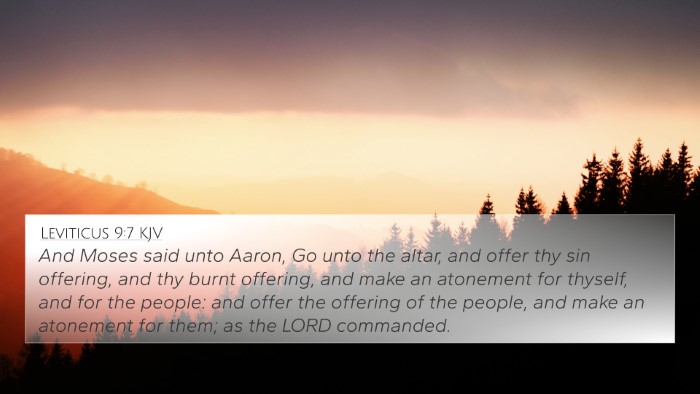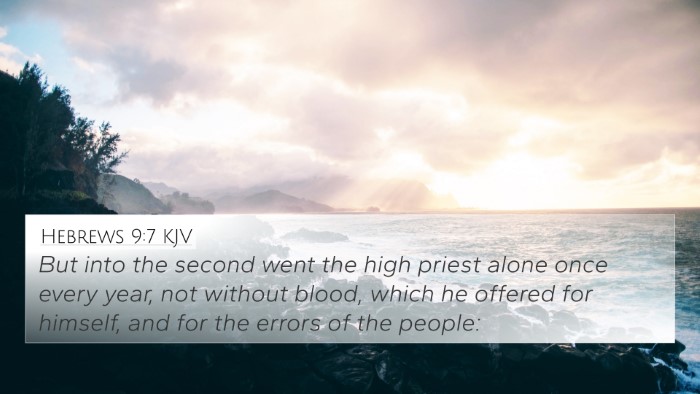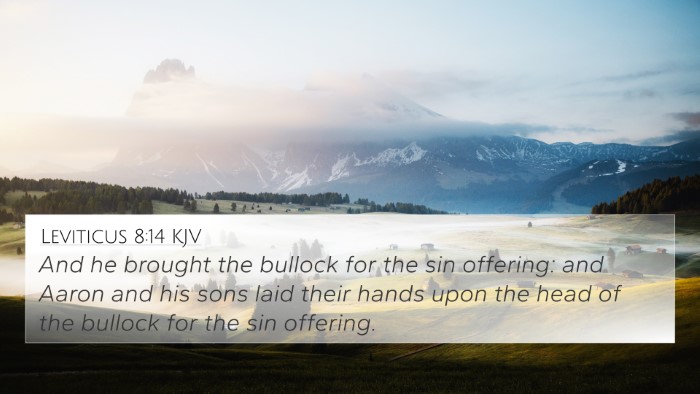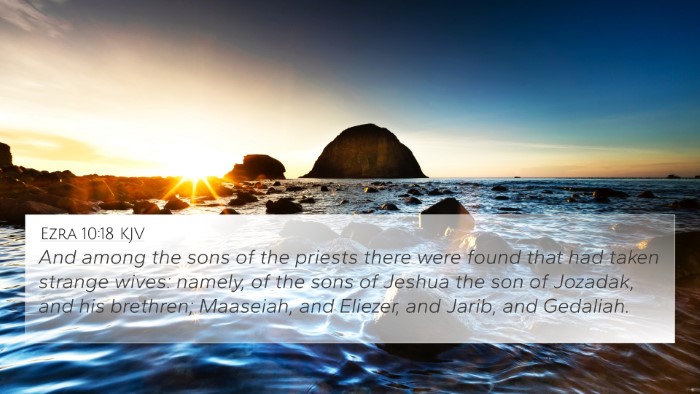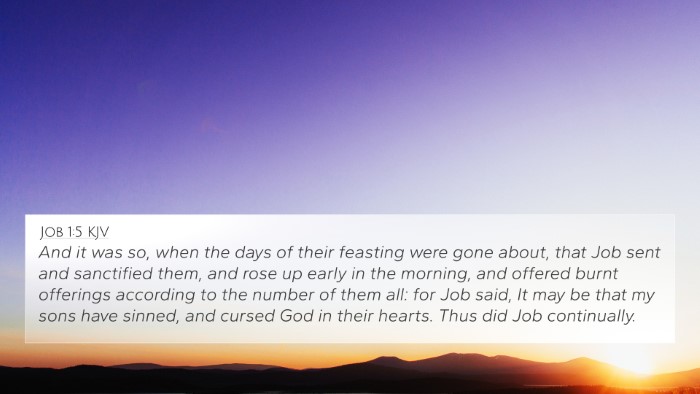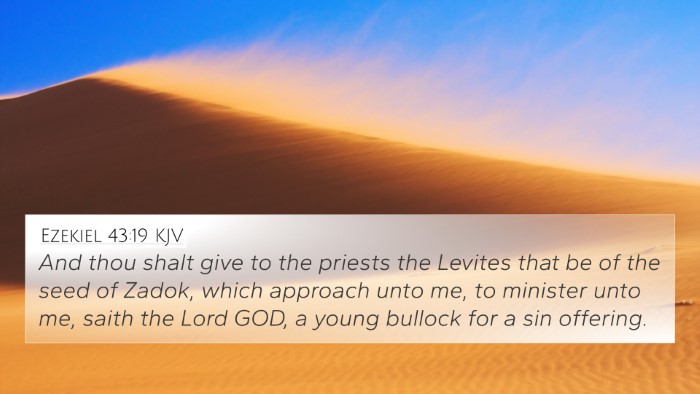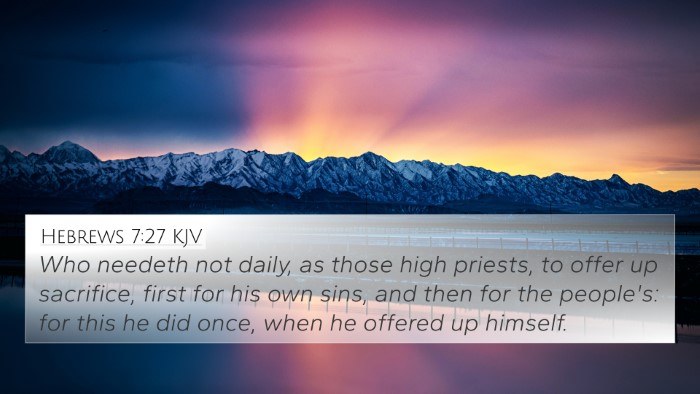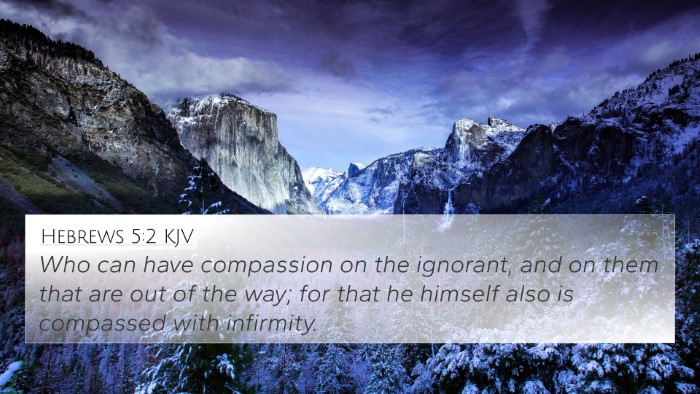Understanding Leviticus 16:6
Verse Reference: Leviticus 16:6 - "And Aaron shall bring the goat upon which the Lord's lot fell, and offer him for a sin offering."
Summary of Meaning
Leviticus 16:6 is a pivotal verse within the Day of Atonement (Yom Kippur) rituals described in the book of Leviticus. This verse emphasizes the importance of atonement for sins, illustrating how Aaron, the high priest, plays a critical role in mediating between God and the people of Israel.
Thematic Insights from Commentaries
- Matthew Henry: Henry highlights that the appointment of the goat for the sin offering signifies God's provision for His people to atone for their sins. The act is not merely ritualistic; it is a deeply spiritual act that signifies the seriousness of sin and the need for reconciliation with God.
- Albert Barnes: Barnes notes that this act of Aaron bringing the goat underscores the concept of substitutionary atonement. The goat, representing sin, is to be sacrificed, symbolizing how Jesus Christ would later take on the sins of humanity in the New Testament.
- Adam Clarke: Clarke elaborates on the symbolism of the scapegoat and how the sins of the people were laid upon it and sent into the wilderness, representing the removal of sin from the community. This act is a foreshadowing of Christ's ultimate sacrifice and how believers are freed from the bondage of sin.
Bible Verse Cross-References
The integration of Leviticus 16:6 with various Scriptures allows for a deeper understanding of its significance. Here are some relevant cross-references:
- Hebrews 9:22: "Without the shedding of blood there is no remission." This verse aligns with the need for a blood sacrifice for atonement.
- Matthew 26:28: "For this is my blood of the new testament, which is shed for many for the remission of sins." This connects the Old Testament sacrificial system to Christ's sacrifice.
- Isaiah 53:5: "But he was wounded for our transgressions, he was bruised for our iniquities..." This verse highlights the concept of substitution in atonement.
- 1 Peter 2:24: "Who his own self bare our sins in his own body on the tree..." This reflects the fulfillment of atonement as seen in Leviticus.
- Romans 3:25: "Whom God hath set forth to be a propitiation through faith in his blood..." This reinforces the necessity of blood sacrifice for atonement.
- John 1:29: "Behold the Lamb of God, which taketh away the sin of the world!" This connects directly to the sacrificial lamb imagery in Leviticus.
- Romans 5:8: "But God commendeth his love toward us, in that, while we were yet sinners, Christ died for us." This underscores God’s initiative in providing atonement.
Tools for Bible Cross-Referencing
For those exploring the connections between Bible verses, various tools can assist in cross-referencing:
- Bible Concordance
- Bible Cross-Reference Guide
- Cross-Reference Bible Study Tools
- Comprehensive Bible Cross-Reference Materials
- Bible Reference Resources
Comparative Analysis of Related Scripture
Connecting the Old and New Testament offerings allows for a deeper understanding of God's plan in Scripture:
- Identifying Connections Between Old and New Testament: The sacrificial system in Leviticus establishes a foundation for understanding Christ's atoning work.
- Cross-Referencing Psalms with New Testament Teachings: The Psalms reflect the heart of atonement, expressing dependence on God’s mercy.
Inter-Biblical Dialogue
The relationship between Leviticus 16:6 and references in the New Testament creates an ongoing dialogue, demonstrating continuity in God's redemptive plan.
Conclusion
Leviticus 16:6 is not merely an ancient ritual; it serves as a profound reminder of the seriousness of sin and God's provision for atonement. By tracing its connections and significance through cross-references, believers gain a richer understanding of Scripture's cohesive message about redemption and grace.



